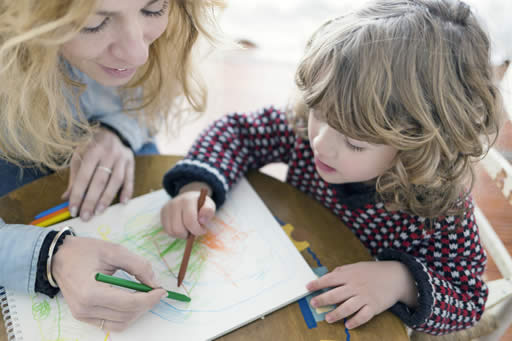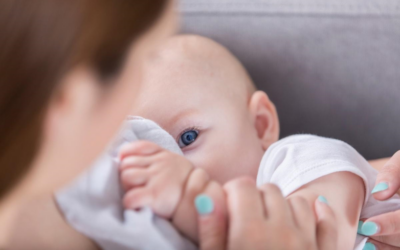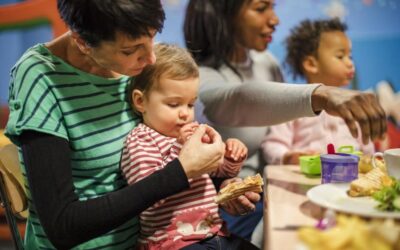Participating in art can help young children learn about cooperation, collaboration, empathy, and emotional regulation
Art-related activities are fun for young children and are a good way to encourage creativity and assist with the development of fine motor skills and spatial awareness. However, new research has shown that being involved in the arts is also beneficial for social and emotional development.
Social and emotional development represents a child’s ability to control their feelings or behaviors, get along with others, build relationships with adults, and recognize and understand the emotions of people around them.
Experiences that involve cooperating, collaborating, following directions, demonstrating self-control, and paying attention all help encourage the growth of these skills and art activities often incorporate many of those aspects.
The evidence for art
The National Endowment for the Arts (NEA) published the findings of 18 peer-reviewed studies that investigated the effects of art-related activities during early childhood, primarily music and dance, but also theater or visual arts and crafts. Key findings included the following:
- Parents who sang to their child at least three times a week were more likely to report that their child had strong and sophisticated social skills, compared with parents who reported singing to their child less than that.
- Toddlers participating in a classroom-based music lesson program for four to eight months were more likely to show increased levels of social cooperation, interaction, and independence, according to their teachers.
- Children who participated in a dance group that met twice weekly for eight weeks had a higher improvement rate before and after assessments regarding prosocial behaviors and cooperation. They also demonstrated a decrease in shy, anxious behavior or aggression. These effects were significantly stronger than the control group.
- Toddlers involved in an arts integration program that included daily music, dance, and visual arts displayed improvements in positive and negative emotion regulation when compared to a control group.
Participation in the arts
Early childhood-appropriate arts include activities like music, song, dance, theater, and visual arts and crafts. Toddlers experience rapid development of communication skills, motor skills, and the ability to see from someone else’s perspective; all which make an appreciation of art activities more accessible.
- Music-based activities can range from passive to active; from simply listening to music or watching an instrument being played to singing, dancing, or playing an instrument.
- Drama or theater permits children to act out stories and role-play in a way that allows them to practice skills that relate to communication, social interactions, and emotional regulation. The act of suspending disbelief and pretending to be in different roles or spaces is valuable to young children and develops more as they reach preschool age.
- Visual arts and crafts involve activities such as building with blocks, finger-painting, drawing, playing with clay or sand, or using stamps and stickers. Constructing creative objects helps build fine and gross motor skills and allows practice with color while encouraging exploration.
Art education has benefits beyond the obvious and should be part of any high-quality child care education program. Not only does its inclusion inspire creativity and a love of learning, but also encourages important life skills like sharing, caring, self-expression, confidence, and empathy. Toddlers need experiences that help them expand their understanding of the world around them, and art-based activities fulfill that need in a wide variety of ways.
The VA Infant & Toddler Network helps improve the quality of care for infants and toddlers through extensive resources, services, and education for caregivers. Learn more about how we can help you improve the standard of care.




